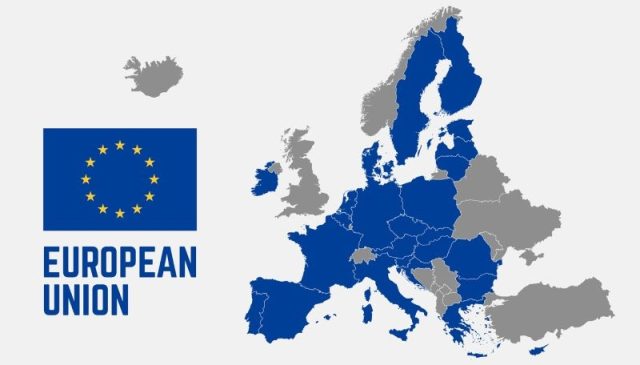
Replicating the United States of America’s 1787 Constitution, most modern liberal democracies have three branches of government: the legislative, the executive and the judiciary.
The European Union is not a federation, but in comparison to the that three-fold structure, the current Treaties (or EU primary law) include seven institutions: European Parliament, European Council, Council, European Commission or simply Commission, Court of Justice of the European Union, European Central Bank and Court of Auditors.
If it were for the sake of order in Article 13 of the Treaty on European Union, one could presume that the European Council is second in importance within the seven. On the other hand, the similarity of its name to that of the Council contributes to a certain confusion among the public. Recently, the European Parliament has published a study on the role of the European Council in the EU institutional structure, to clarify matters at present and perhaps also for the future.
Benefitting from the purpose of analysing the competences of the European Council, the study is entitled “The Role of the European Council in the EU Constitutional Structure”. But is there such a thing as a constitutional structure in the EU, when the EU draft constitution was expressly rejected by referenda in France and the Netherlands and was hence not approved?
According to EU primary law, the European Council defines general political priorities thereof, including the common foreign and security policy and other areas of the external action of the Union.
It also resolves impasses in policy areas, such as per Articles 82 and 83 of the Treaty on Functioning of the European Union, whenever a member State considers that a draft directive would affect fundamental aspects of its criminal justice system. It also determines the existence of breaches by Member State of EU values (Article 7 of the Treaty on European Union).
As a third type of competences, the European Council may intervene regarding amendments to the Treaties, in accordance with Article 48 of the Treaty on European Union. However, such provision does not mention the term “constitutional change”, rather just treaty change.
At some later point, the study recognises that, in practice, the European Council dispenses the other institutions with guidelines on the EU institutional framework, but not on a supposed “constitutional framework” so much desired by the self-called federalists.
The study calls the Brexit process a “constitutional issue” but, once again, if we read Article 50 of the Treaty on European Union, we see there no mention whatsoever of the term “constitution”, but simply the way for a Member State to withdraw from the Union through a bilateral agreement, from scratch.
The Fiscal Compact is then brought by way of example of a further constitutional item where the European Council would have so far given instructions to other institutions. However, if such compact, the Treaty on Stability, Coordination and Governance in the Economic and Monetary Union of 2 March 2012, had constitutional status, that would amount the presumed EU Constitution to be very open, including not just the three treaties recognised as primary law, but also this fourth one and perhaps others, as well. What would be the point of a constitution that the constitutive Member States do not even know what exactly it is?
The only formal document where we see the term “constitution” applied to an EU institution is at the European Parliament. Its committee in charge of the institutional aspects of the European integration process, in particular the preparation, initiation and proceedings of ordinary and simplified Treaty revision procedures is called the “Committee on Constitutional Affairs” (Annex VI to the Rules of Procedure of the European Parliament). Nonetheless, the internal Rules of Procedure of the European Parliament rank rather low in the EU’s “constitutional” framework.
Source of image: Gale Blog



 Subscribe
Subscribe